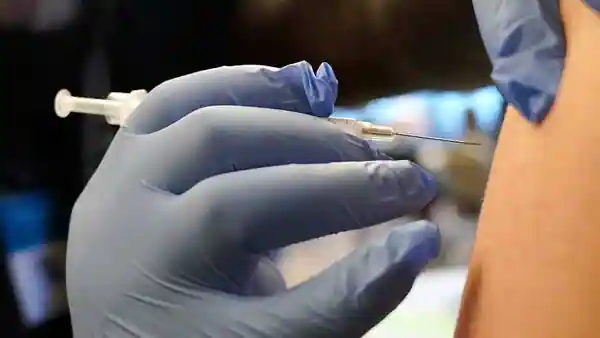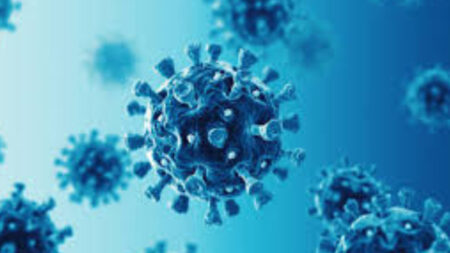The Union Health Ministry on Wednesday decided to cut the gap for COVID-19 booster doses from existing 9 months to 6 months for those above 18 years.

India, at first began to give COVID-19 booster dose to healthcare and frontline workers and those aged 60 and above with comorbidities from January 10. And then on April 10, the government of India decided to make it available for anyone who is 18 years or above.
The gap between the second dose of Covid-19 vaccine and this booster dose was 9 months at first. The Central government after seeing the gradual increase in the tally of COVID cases reduced it to 6 months.
This decision to the government was recommended by the Standing Technical Sub-Committee (STSC) of the NTAGI in the middle of the month of June. The recommendation was then validated by the National Technical Advisory Group on Immunisation, according to the Union health ministry.
In a letter to the state and UT authorities, Secretary of Ministry of Health and Family Welfare, Rajesh Bhushan, Secretary of Ministry of Health and Family Welfare in a letter to the State and UT authorities stated that, “It has now been decided that the precaution dose for all beneficiaries from 18- 59 years will be administered after completion of 6 months or 26 weeks from the date of administration of 2nd dose at Private Covid Vaccination Centres (CVCs).”
The Union government in May, had allowed citizens and students travelling overseas to receive this booster dose before the nine-month waiting period as required by guidelines of the destination country.
Expert’s sayings on this booster dose.
Meanwhile, in the wake of another major mutation the scientists experimented with the Sars-CoV-2 virus – BA.2.75 (sub variant of Omicron). They created heterologous boosting which is the mixing of vaccines for the booster dose. Shahid Jameel, a senior research fellow at Green Templeton College at Oxford University, told Business Standard that this Omicron variant – BA.2.75, has several mutations in the spike protein, of which two are unique when compared to its parent strain BA.2. These two mutations are known as G446S and R493Q.
Jameel feels that G446S is one of the most powerful sites of escape from antibodies made by current vaccines that still can neutralise BA.2. So in simple words, we can conclude that the chances of infection in people are so far protected.
Jameel also says that besides advocating booster shots for the people at risk, India should use science to update this booster policy. “The current policy is not making the best use of evidence and available vaccine choices,” he says. He further added recent data from CMC (The Christian Medical College) in Vellore where he studied the mixing of Covishield and Covaxin. He found that Covishield after Covaxin is a far superior combination. But India continues to use a third dose of Covaxin in people who already got two doses of Covishield beforehand.
Jameel also says the global data shows protein vaccines are better after 2 doses of AZ vaccine than a booster or precautionary dose.
The cumulative COVID-19 booster vaccine doses administered in the country crossed 196.44 crore on Tuesday, as reported by the Union health ministry. More than 11 lakh doses have been administered till 7 pm on Tuesday. The daily vaccination tally is increasing gradually.
A total of 93,767 booster doses of COVID-19 vaccine were given to those aged 18-59 years till 7 pm on Tuesday. The total booster doses given in this age group is 43,09,753 so far, according to the ministry data.
And so far, over 3.58 crore children in the age group of 12-14 years have been given the first dose. While more than 6.01 crore adolescents in the age group of 15-18 years have been given the first dose.













